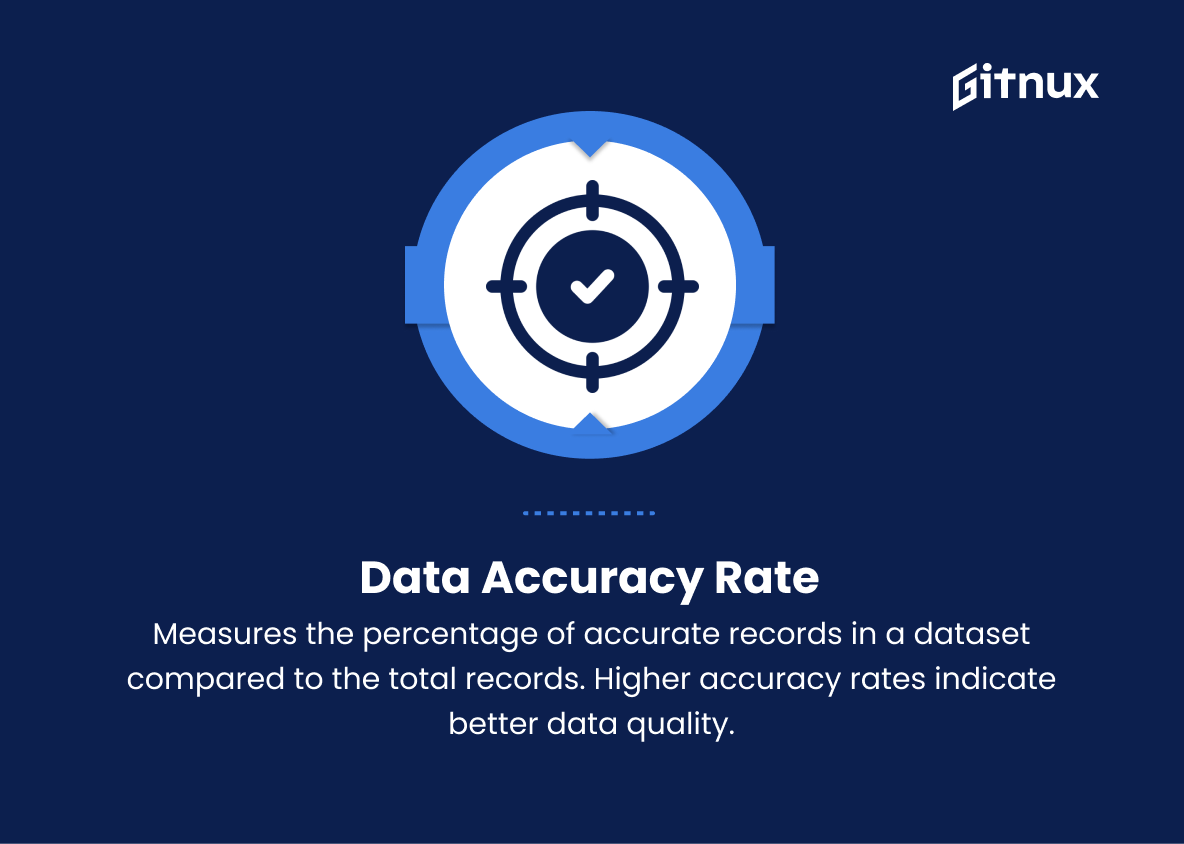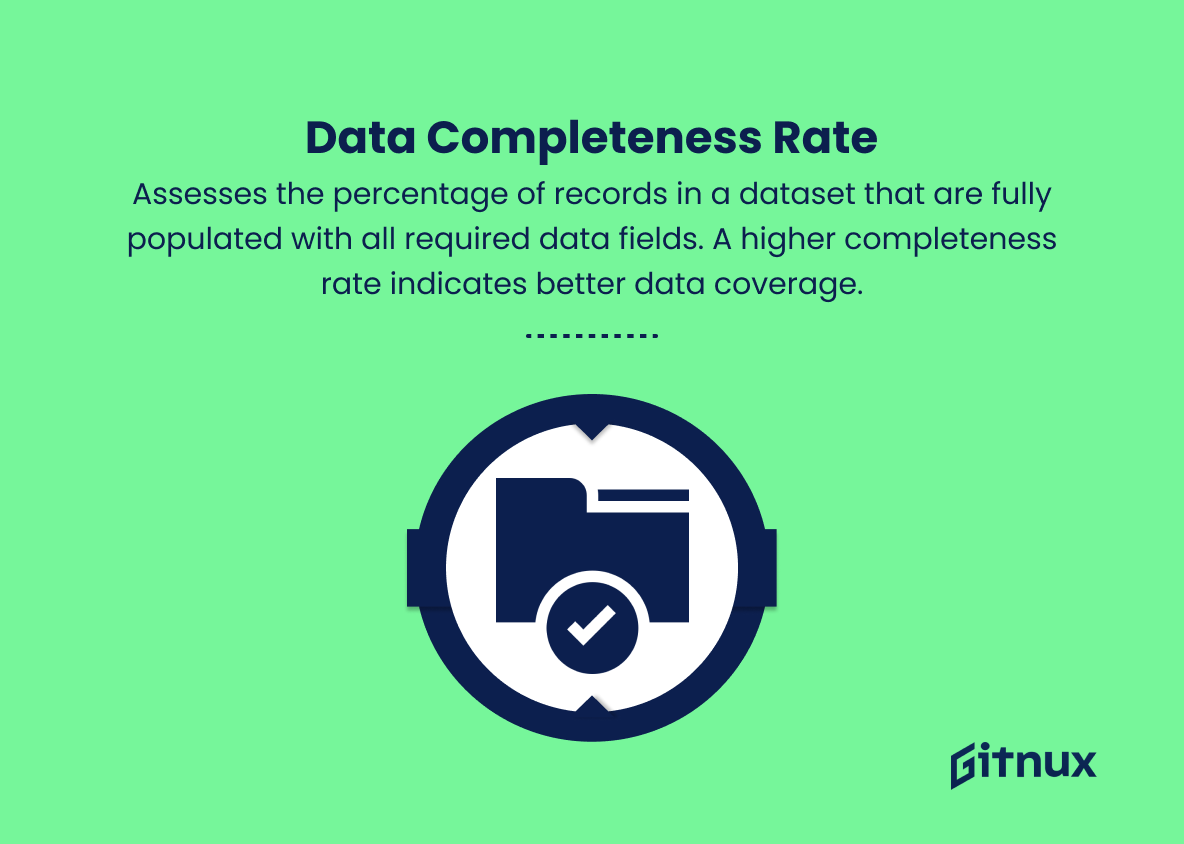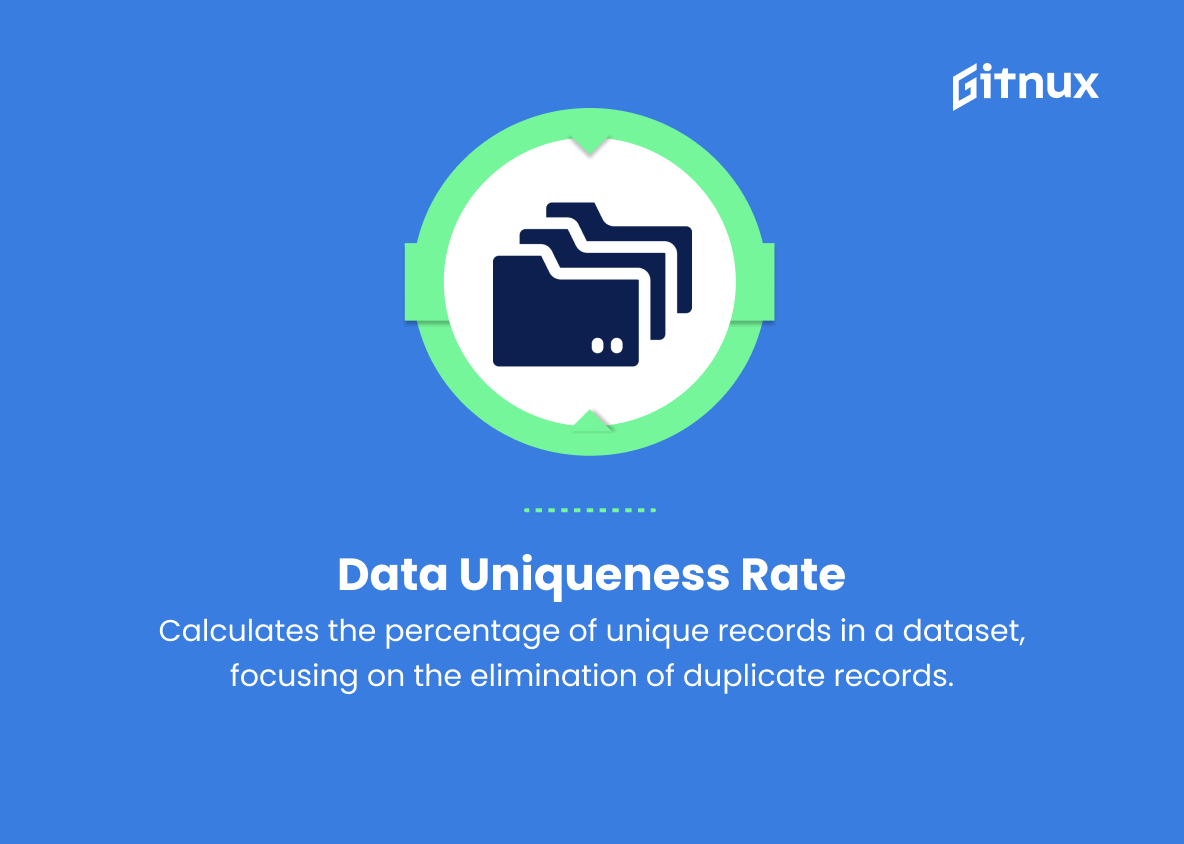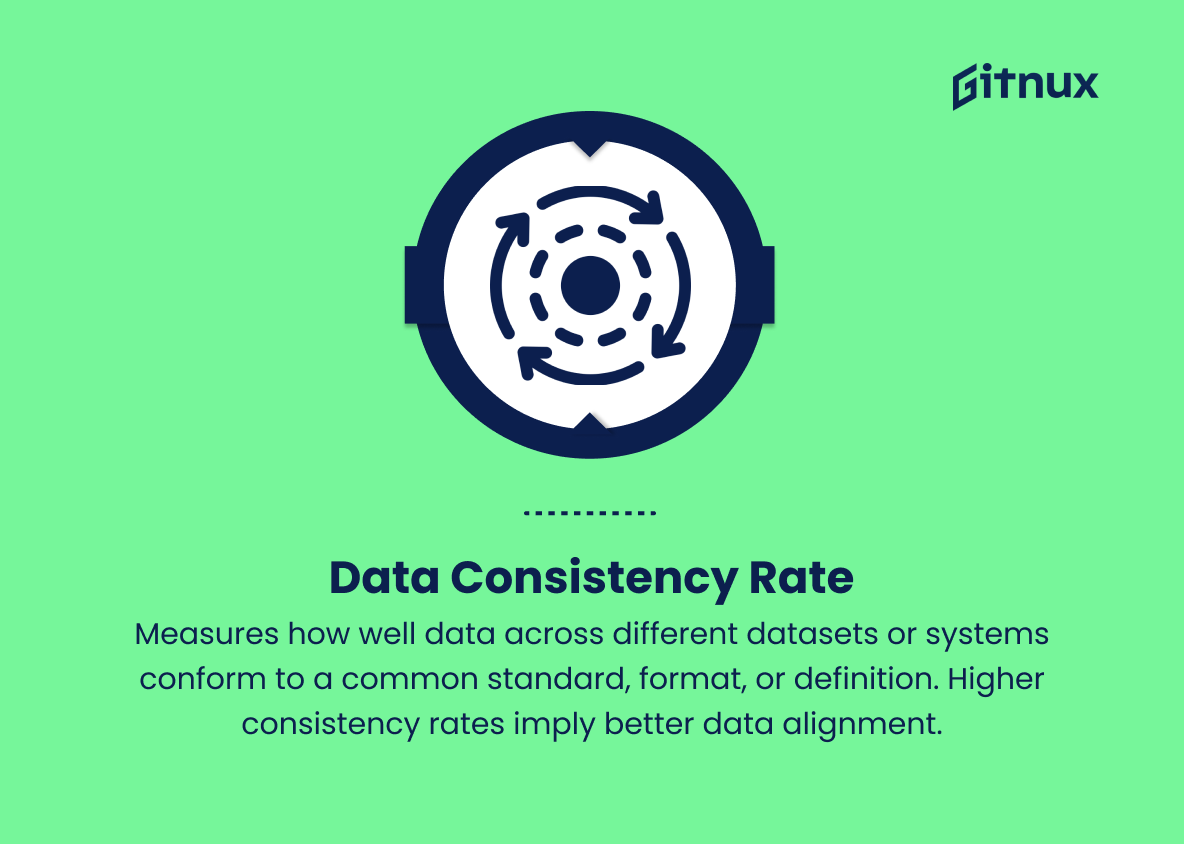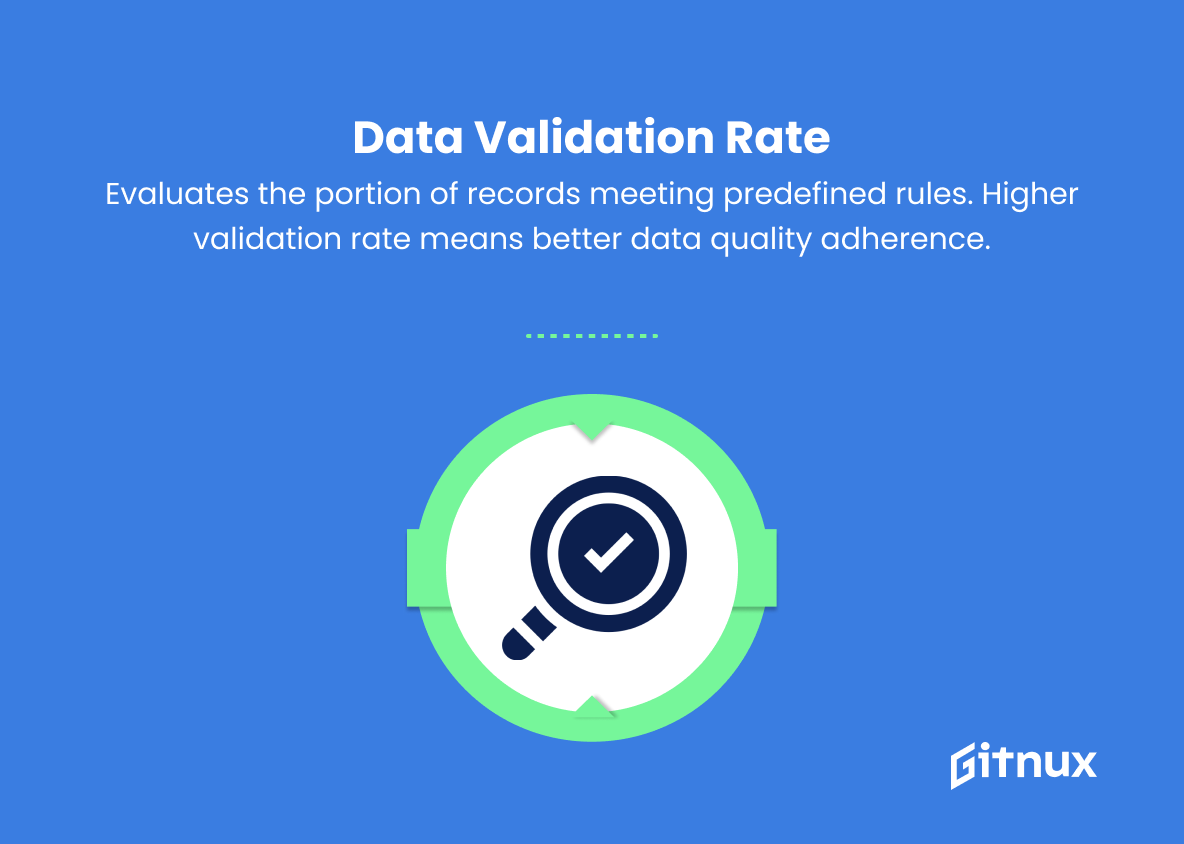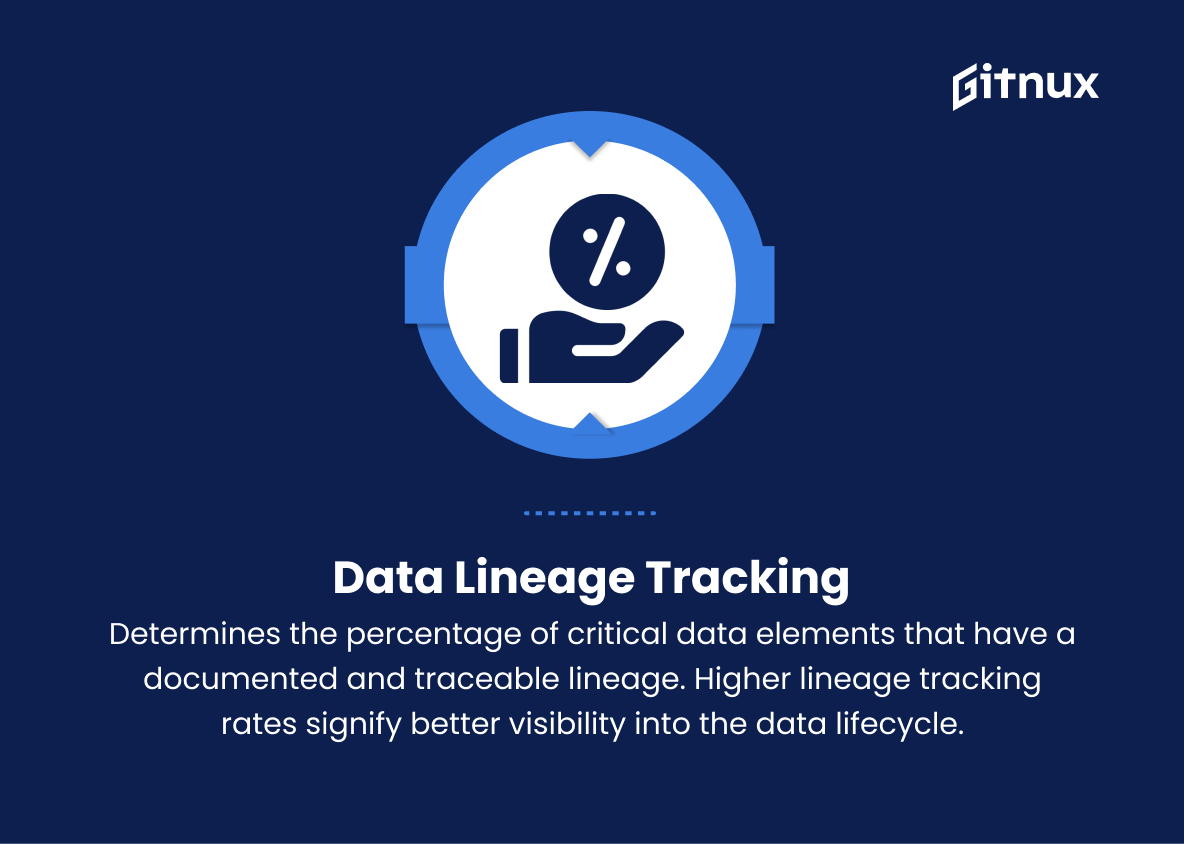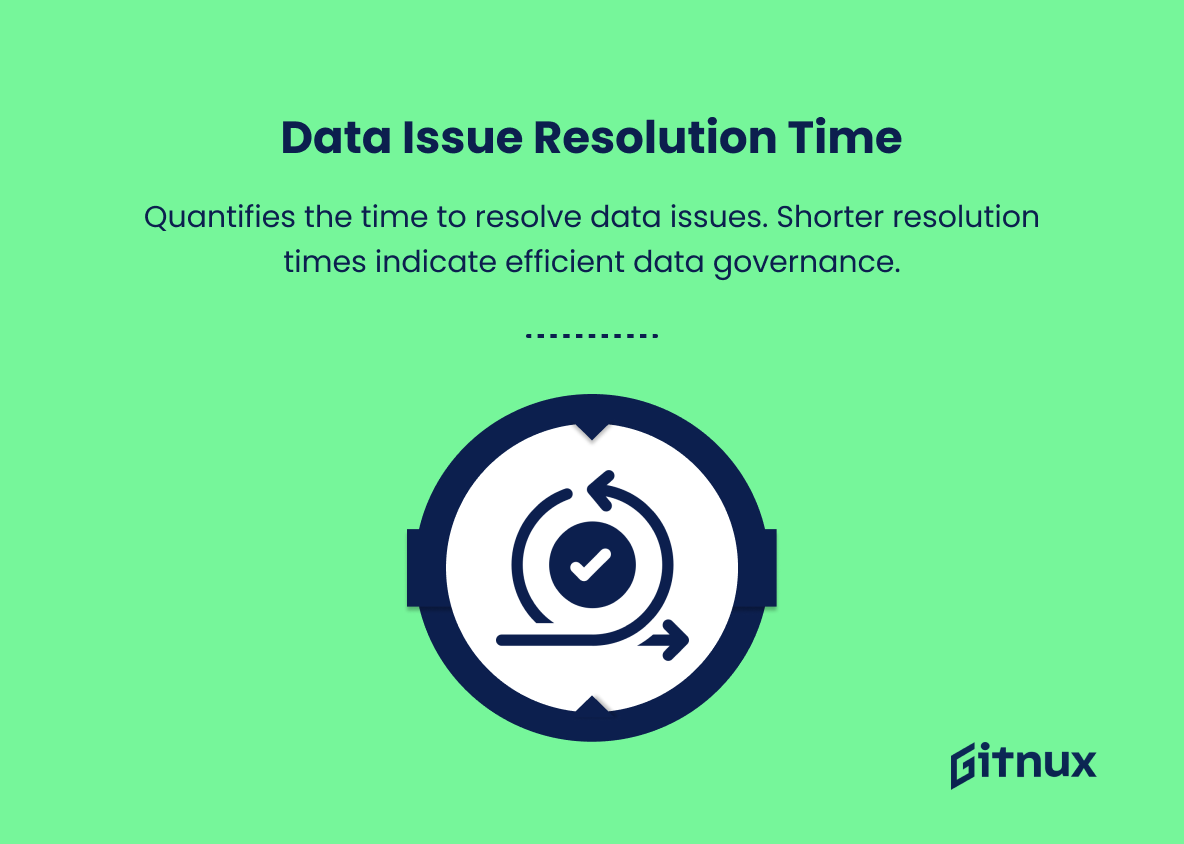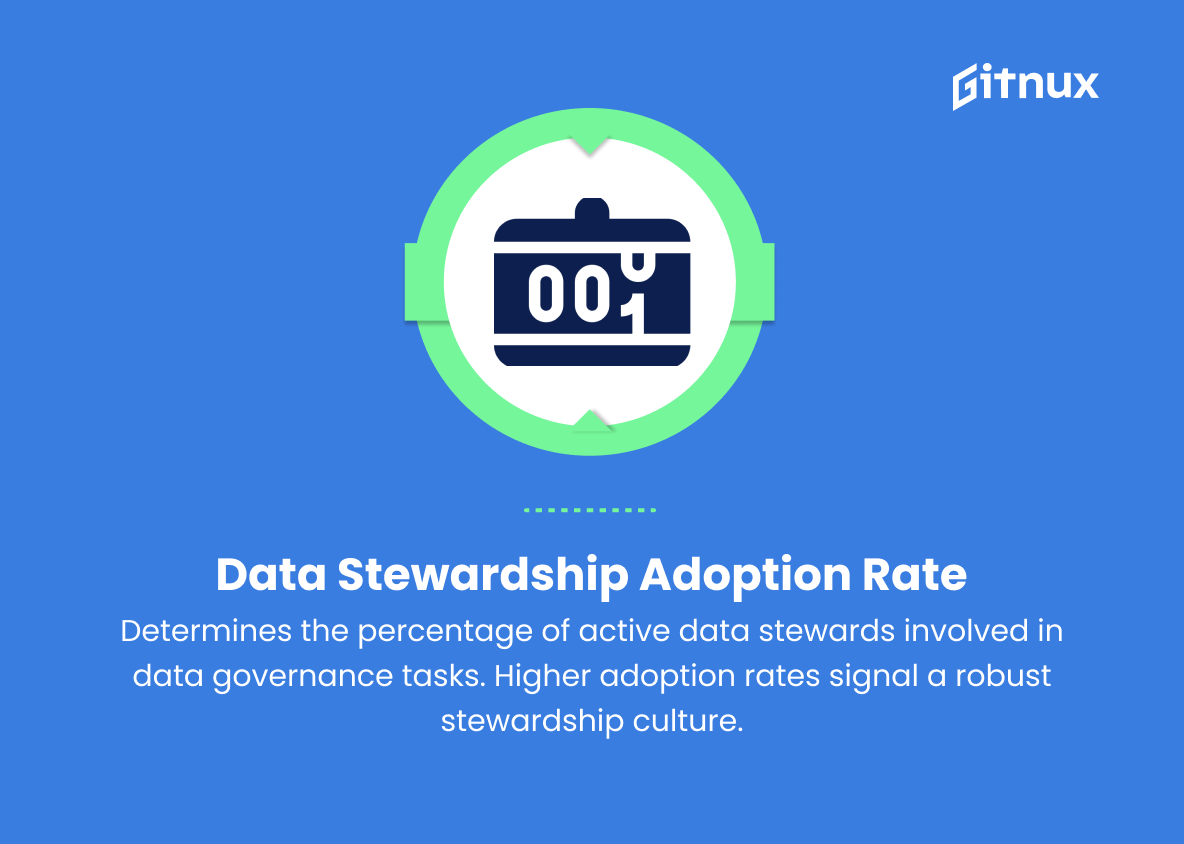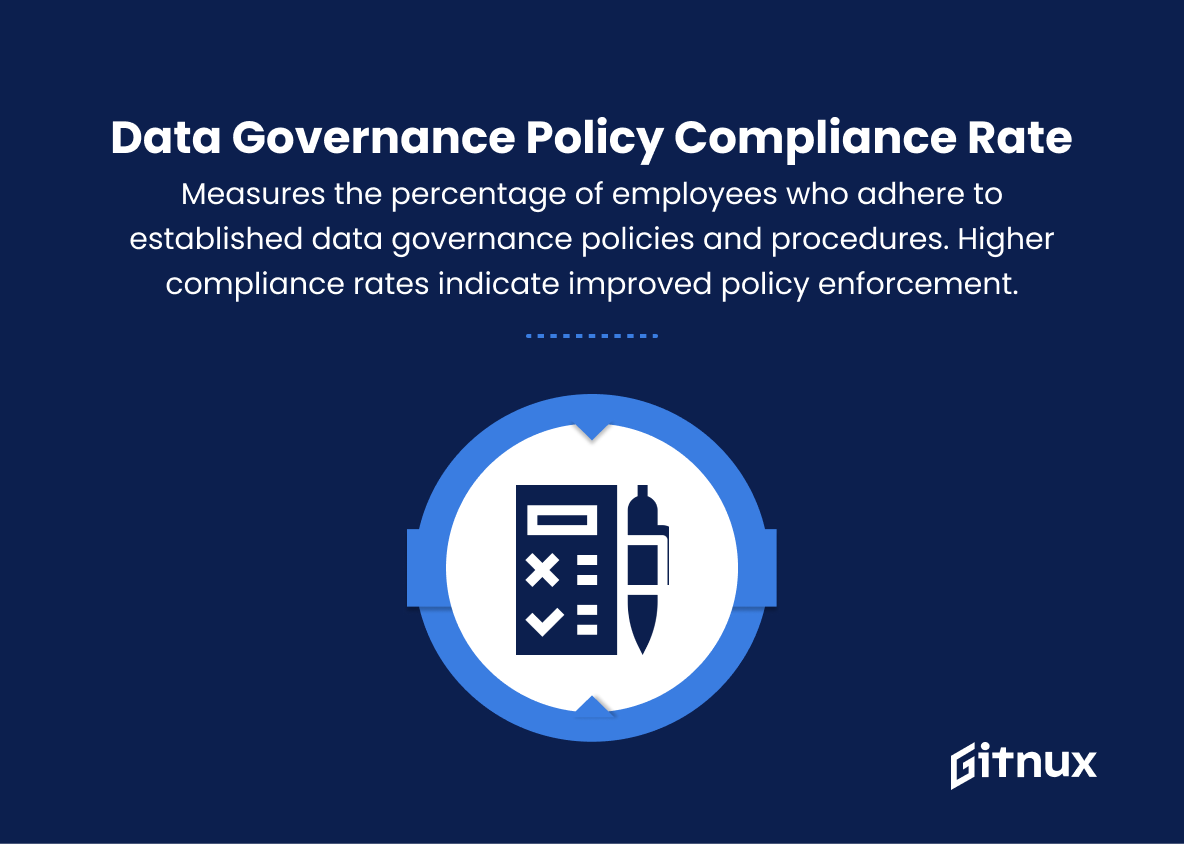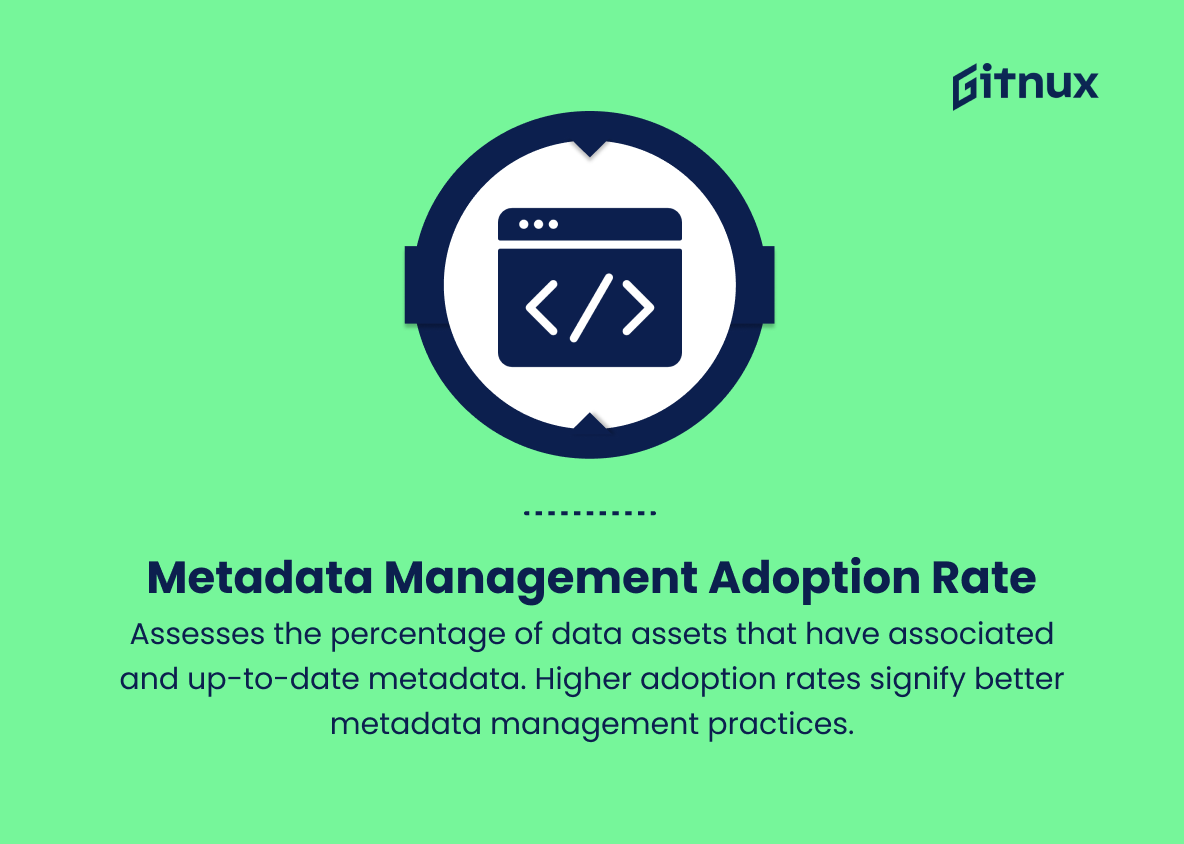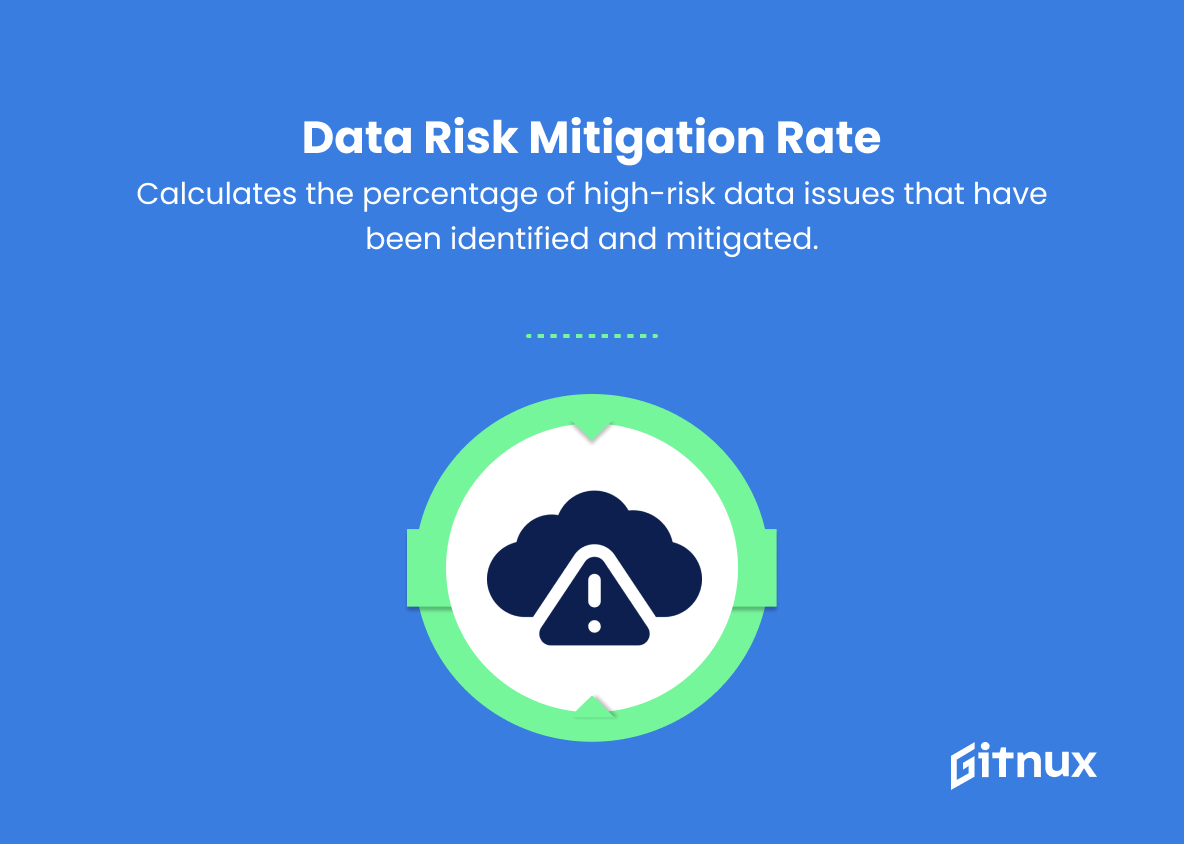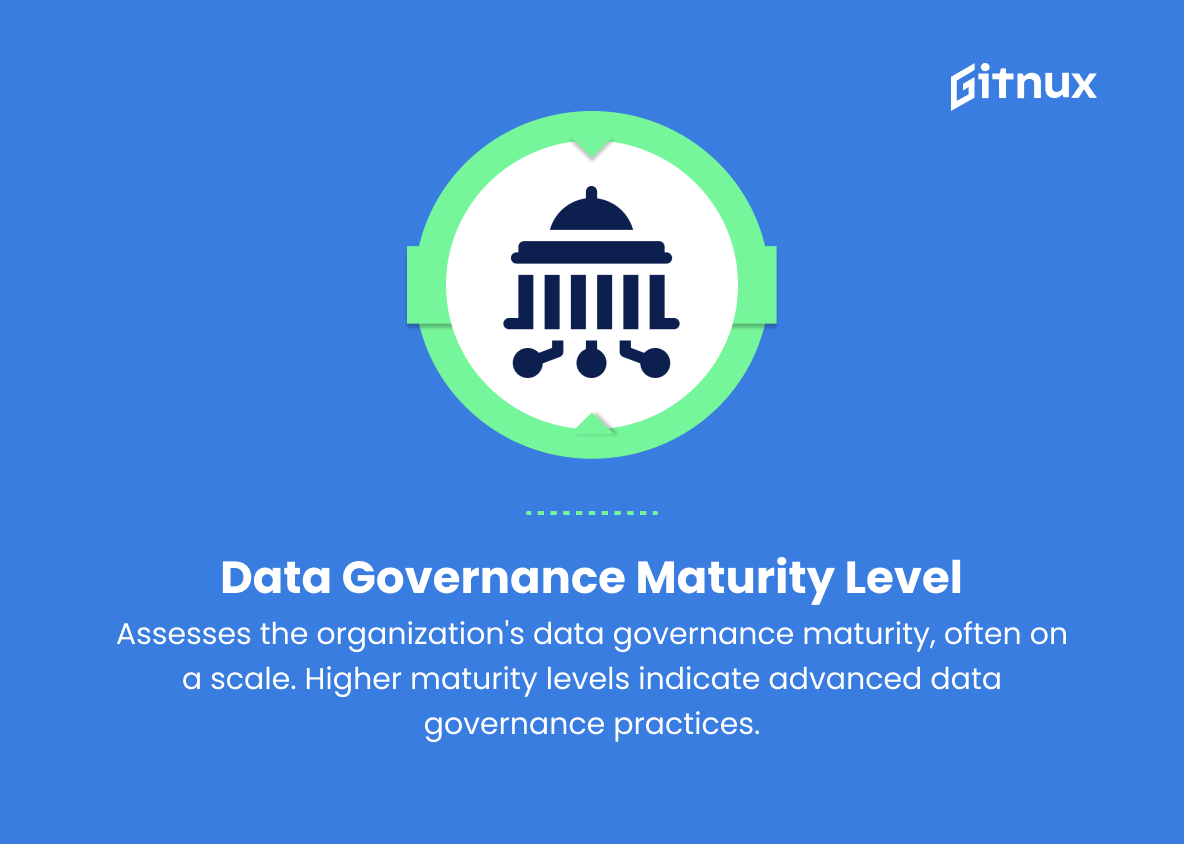In today’s digital landscape, data is considered the lifeblood of an organization, and effectively managing, protecting, and leveraging it is critical to business growth and success. As such, data governance has emerged as a critical strategic framework for overseeing an organization’s data assets while ensuring their accuracy, quality, and compliance. To effectively measure and monitor the effectiveness of data governance initiatives, organizations must rely on key performance indicators (KPIs) that capture the true essence of their data management efforts.
In this blog post, we will delve into the world of data governance KPIs, discuss their importance, identify the critical ones to track, and provide strategies for optimizing your data governance practices. This insightful exploration is designed to give you the knowledge you need to harness the power of data for better decision making, risk management, and overall business performance.
Data Governance KPIs You Should Know
1. Data Accuracy Rate
Measures the percentage of accurate records in a dataset compared to the total records. Higher accuracy rates indicate better data quality.
2. Data Completeness Rate
Assesses the percentage of records in a dataset that are fully populated with all required data fields. A higher completeness rate indicates better data coverage.
3. Data Uniqueness Rate
Calculates the percentage of unique records in a dataset, focusing on the elimination of duplicate records. A higher uniqueness rate signifies effective deduplication processes.
In today’s digital landscape, data is considered the lifeblood of an organization, and effectively managing, protecting, and utilizing it is instrumental in driving business growth and success.4. Data Timeliness
Evaluates the degree to which data is current and up-to-date. Higher timeliness signifies that data is frequently refreshed to maintain relevance.
5. Data Consistency Rate
Measures how well data across different datasets or systems conform to a common standard, format, or definition. Higher consistency rates imply better data alignment.
6. Data Validation Rate
Assesses the percentage of records that meet a set of predefined validation rules or criteria. A higher validation rate indicates that data adheres to established data quality standards.
7. Data Lineage Tracking
Determines the percentage of critical data elements that have a documented and traceable lineage. Higher lineage tracking rates signify better visibility into the data lifecycle.
8. Data Issue Resolution Time
Measures the average time required to resolve identified data issues, such as inaccuracies, inconsistencies, or gaps in data. Shorter issue resolution times indicate more efficient data governance processes.
An organization’s data is a valuable asset, and having a robust data governance structure in place ensures its quality and security.9. Data Stewardship Adoption Rate
Calculates the percentage of data stewards in the organization who actively participate in data governance tasks, such as data cleansing, consolidation, and validation. Higher adoption rates signify stronger stewardship culture.
10. Data Governance Policy Compliance Rate
Measures the percentage of employees who adhere to established data governance policies and procedures. Higher compliance rates indicate improved policy enforcement.
11. Metadata Management Adoption Rate
Assesses the percentage of data assets that have associated and up-to-date metadata. Higher adoption rates signify better metadata management practices.
12. Data Risk Mitigation Rate
Calculates the percentage of high-risk data issues that have been identified and mitigated. A higher mitigation rate indicates better risk management and reduction practices.
13. Data Security Incident Rate
Measures the number of data security breaches or incidents per period. Lower incident rates signify better data protection and security measures.
14. Data Privacy Compliance Rate
Assesses the percentage of records that comply with relevant data privacy regulations, such as GDPR, CCPA, or HIPAA. Higher compliance rates indicate better data privacy management.
15. Data Governance Maturity Level
Evaluates the overall maturity of the organization’s data governance capabilities, typically measured on a scale (e.g., 1-5 or initial-optimized). Higher maturity levels signify more advanced data governance practices.
Data Governance KPIs Explained
An organization’s data is a valuable asset, and a robust data governance structure ensures its quality and security. Data governance KPIs such as Data Accuracy Rate, Data Completeness Rate, and Data Uniqueness Rate directly impact the quality, coverage, and deduplication of data, ensuring that the information used to make decisions is reliable. Timeliness, Consistency, and Validation Rates contribute to the relevance, alignment, and adherence of data to established standards, making it more reliable for analysis.
Lineage Tracking, Issue Resolution, Stewardship Adoption, and Governance Policy Compliance demonstrate the organization’s ability to manage the data lifecycle, promptly address issues, create a culture of stewardship, and effectively enforce policies. Metadata Management, Risk Mitigation, Security Incident Rate, and Privacy Compliance Rates demonstrate the organization’s commitment to maintaining up-to-date metadata, managing risk, protecting sensitive data, and complying with regulatory requirements to ensure overall data security and compliance.
Finally, the Data Governance Maturity Level embodies the organization’s data governance capabilities and indicates how mature and comprehensive it’s data governance practices are. Together, these KPIs enable organizations to monitor, manage, and improve their data governance efforts, ensuring a strong and secure foundation for data-driven decision making.
Conclusion
In summary, data governance KPIs are critical to measuring the effectiveness and success of your organization’s data governance strategy. These indicators not only measure progress, but also highlight gaps and bottlenecks that may be impeding your organization’s ability to derive value from its data assets.
By tracking and analyzing KPIs such as data quality, policy compliance, problem resolution, and stakeholder engagement, organizations can continuously improve their data governance processes and create a data-driven culture. Ultimately, incorporating effective data governance KPIs results in trusted, accurate, and timely data that enables your organization to make better business decisions and gain a competitive advantage.
